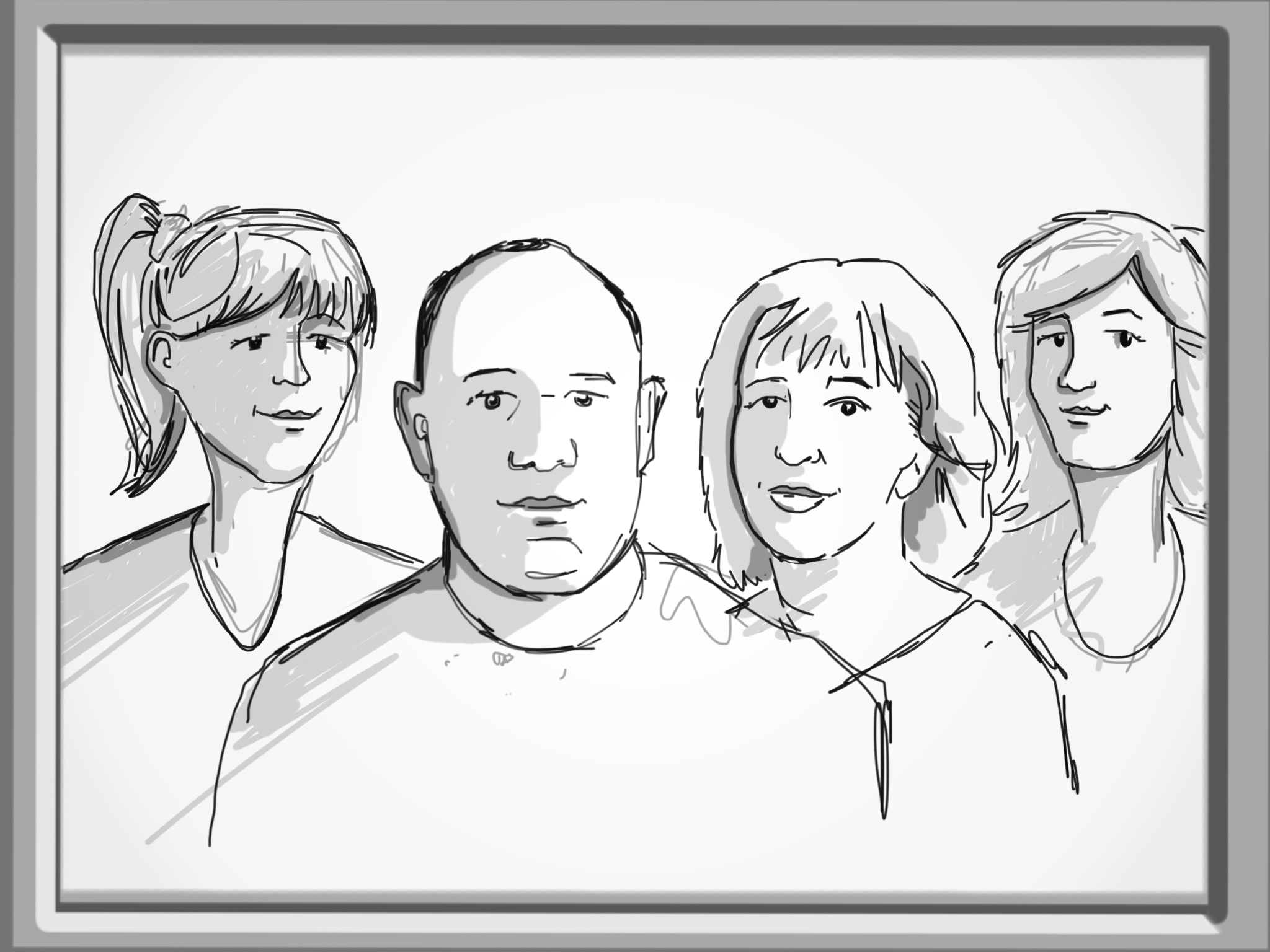Show Focus by Wolf in Motion
Autofocus solutions are not stylistically acceptable for narrative filmmaking. However, manual ‘focus pulling’ is difficult when actors move around a scene, and can be very costly to rectify when unfocused footage is discovered after a film shoot.
To tackle this problem Wolf in Motion came up with an innovative physical/digital solution and interface. They created a physical device and an app running tablet or smartphone that uses a Lidar sensor for laser depth detection. Once connected to the camera lens, the Show Focus device controls the focus ring while communicating with the app to create an augmented reality (AR) representation of focus in real-time.
Introduction
Motion and sound are the media crossover points with other areas of creative practice such as film, TV, games and music production. These billion-dollar industries employ legions of creative and technical specialists to make blockbuster productions and much smaller indie outputs.
Designers from different fields work to support these industries in many ways. As designers interested in digital and interaction design, we may conceive futuristic GUIs for Sci-fi films, design interactive TV interfaces for broadcasters, get involved in games level design, or create immersive experiences to support live events.
However, support is not all one way. Motion and sound production processes and skills are becoming increasingly core to the digital design industry. Designers use storyboarding as a research and concept generation tool to conceive solutions. Create animations to add delight to our interaction with digital products. Make videos to explain and sell our products and services. Produce multimedia audiovisual experiences that wow museum visitors and music event audiences.
The creative industries have well and truly bled into one another. We are also witnessing this convergence in both media platforms and tools. Film and TV have moved onto the web, and the production tools for the different creative disciplines live as software families on the same laptop.
This convergence has exciting creative consequences. Users are coming to expect high-end TV-quality production values from their web experiences. And creatives have greater access to more familiar-looking tools, broadening their skill set and commercial offer.
The practical reality is that designers are not just working in multi-disciplinary ensembles where they provide their skillset to large cooperative undertakings. Designers work in more interdisciplinary ways where they share their skills in leaner and closer teams to make beautifully crafted experiences.
For these reasons, interactive designers must have a theoretical and practical understanding of motion and sound design. Therefore, this chapter will begin by explaining why writing is an important cornerstone of design practice and how designers can use storytelling to share and sell their creative concepts. It will show how storyboards and animatics are created for sharing research and concept approval before providing primary guidance on filmmaking and editing. Titling and TV graphics components guidance complete the first half of the chapter before interactivity is introduced with a section on animated states that explain the vital role of animation in designing pleasurable ‘microinteractions’. Finally, the increasing importance of sonic interaction is discussed ahead of a section on the production considerations required to create more immersive dynamic audiovisual productions for live events and installations.
Storyboarding
Storyboards are a highly effective way to communicate ideas and tell stories for various design applications from television title sequences to interactive projects. Traditionally they are used in film and television as a pre-production activity, allowing creatives to explain their ideas for client approval. However, more recently, in UX design, they are used in both the research and concept generation stages of a project to illustrate a user’s current dilemma and pain points or propose a new solution before an animation, video or user experience is produced.




















Storyboarding
This storyboard was created by Andy Frith for the heart and lung transplant patient user experience and was drawn on a tablet. Storyboarding is a much better and more engaging way to explain an early user experience concept than a set of interface designs.
Downloadable Content
View storyboard with caption (storyboarding-andy-frith-jamie-steane.pdf)
The Intersection by Superflux and Omidyar Network
The Intersection is a piece of speculative design, which is a practice that provocatively explores and critically evaluate tech innovation and future visions. Set in the near future, the film journeys from a violent past to a cooperative future. It explores the destructive potential of extractive AI technology and how it can be reimagined to serve the community, support nature and value planetary relationships.





